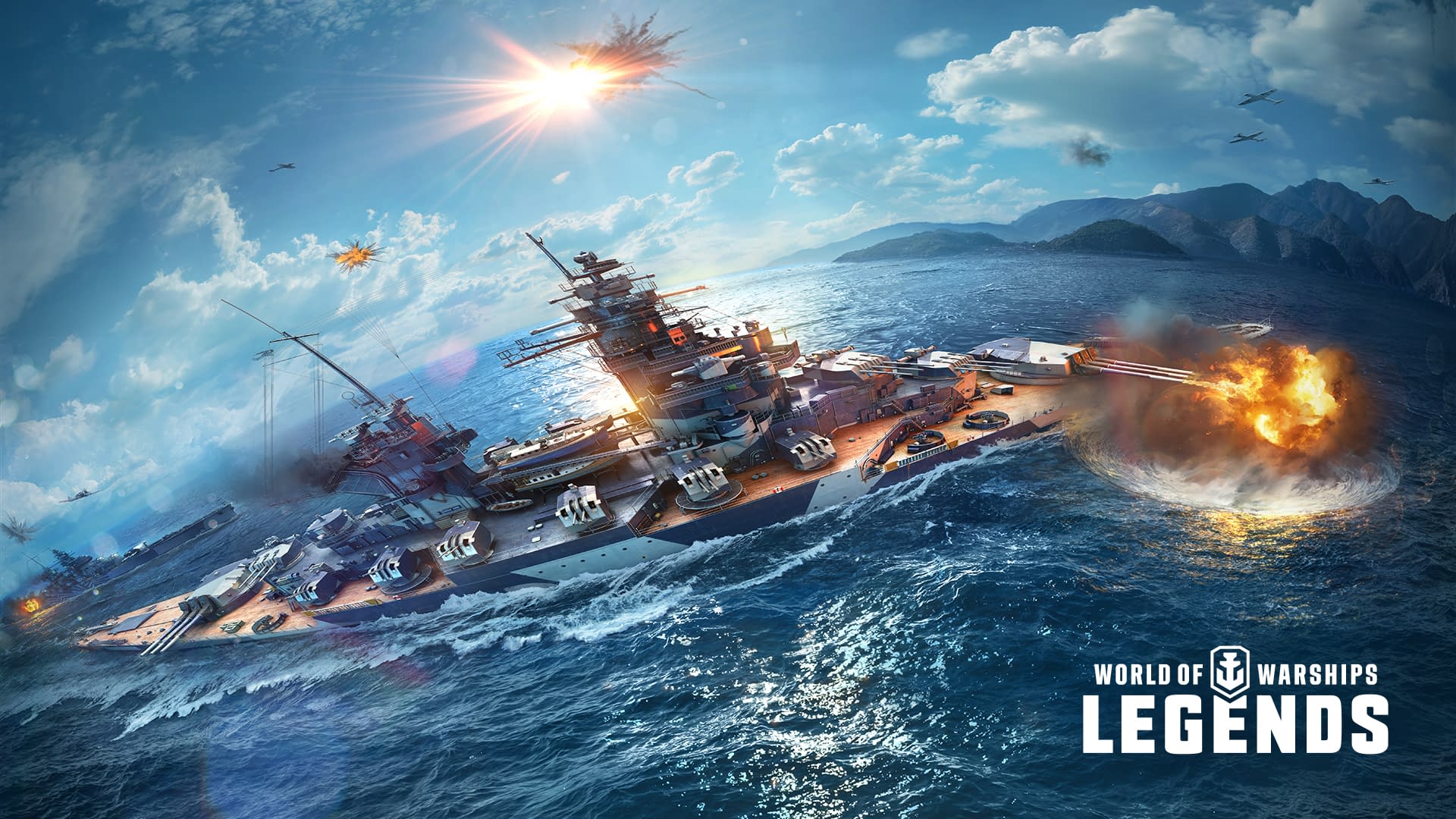


During the period, naval construction decisions often depended on the Minister of the Navy in office at the time.Ī pair of ironclad battleships were cancelled by Admiral Théophile Aube, an adherent of the Jeune École, but one of the two was redesigned as the pre-dreadnought Brennus following Aube's departure. The other major faction preferred the Jeune École doctrine, which emphasized the use of cheap torpedo boats to destroy expensive capital ships. At the time, the French naval command consisted of competing factions, with one that favored building fleets of capital ships, continuing the program of traditional ironclad warships that had dominated the fleet in the 1860s and 1870s. The first battleship construction program followed a period of confusion in strategic thinking in France over the optimal shape of the fleet. Another seven-five dreadnoughts and two fast battleships-were cancelled in various stages of construction (one of which was converted into an aircraft carrier while being built) and seven more were cancelled before work began. Richelieu passing through the East River to be completed in the Brooklyn Navy Yard in early 1943īetween 18, the French Navy built a series of pre-dreadnought, dreadnought, and fast battleships, ultimately totaling thirty-four vessels: twenty-three pre-dreadnoughts, seven dreadnoughts, and four fast battleships.


 0 kommentar(er)
0 kommentar(er)
